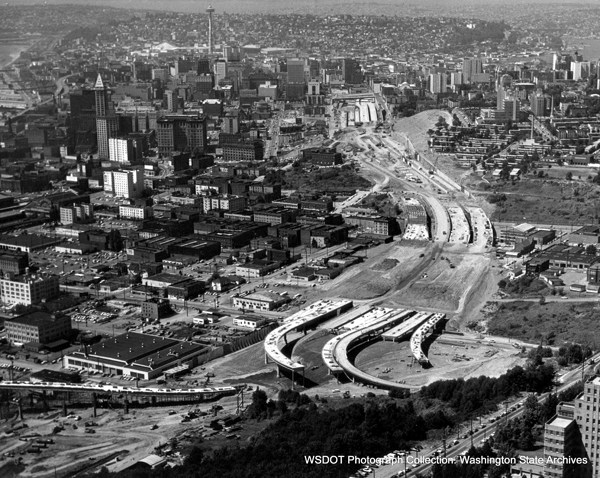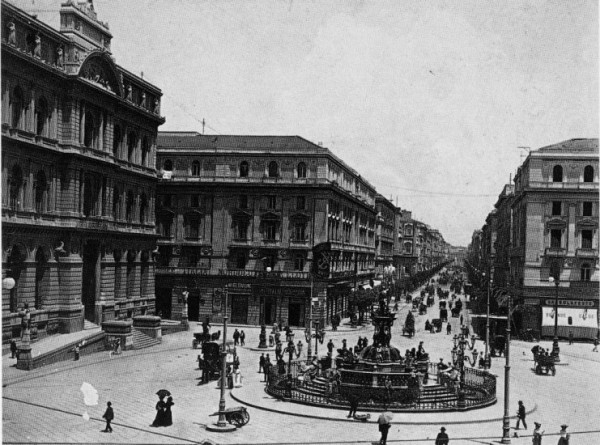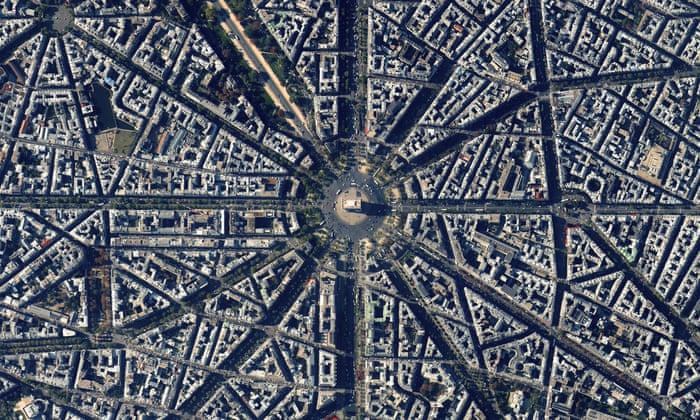
Let's play a collaborative game. Let's imagine the 15-MINUTES-CITY-OF-TOMORROW, where a large amount of white collars work from home.
In this game, I'm of course one of those lucky WFH people. We always are.
I will add a couple of scenes to the scenario, but please add yours
In this game, I'm of course one of those lucky WFH people. We always are.
I will add a couple of scenes to the scenario, but please add yours

🕗I finally got rid of the necessity to commute downtown and I can wake up at 8AM!🥳Even from home, I'm a busy person and I still order food from outside instead of eating at the Prêt-à-manger downtown. It comes from a nearby café, but not so close b/c zoning doesn't allow it
🕛the guy that brings me the lunch is nice, but he doesn't seem to be living in our "urban village"... By the way, how does he come here, since we scaled down transit? Did I tell you that we moved out since we both needed more space to WFH? We used to live in a 2 Bdr before
🕠the kids are coming from school in their bikes. Remote learning seemed a thing in 2020 during The Pandemic, but we soon realized that nothing can replace the sociability of in-person learning. I heard that their teachers too are having a hard time moving around nowadays...
... and now add your scene from the 15-minutes-city-of-tomorrow!!
• • •
Missing some Tweet in this thread? You can try to
force a refresh















